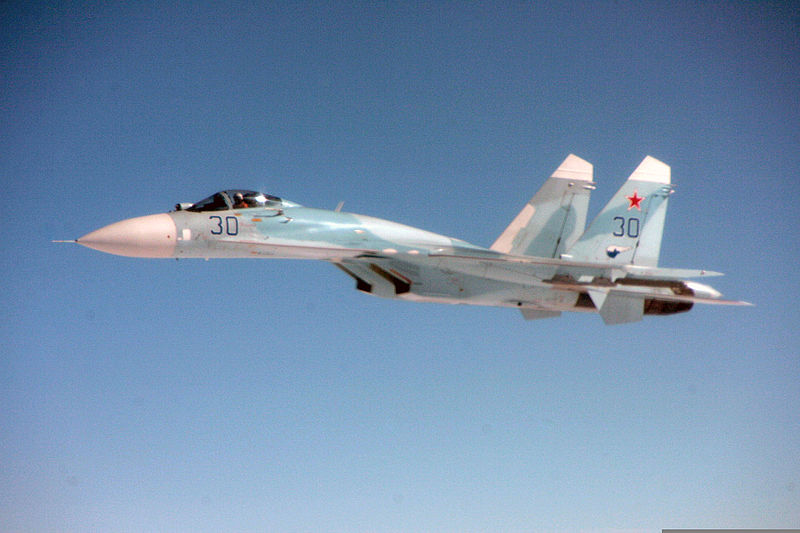
Advertisement
(NationalSecurity.news) Defense and foreign policy analysts tend to go out of their way to describe increased tensions between the United States and Russia as not the beginning of a new Cold War. Perhaps they ought to be asking Vladimir Putin what he thinks about that, for he is spending billions of rubles – with plans to spend more – upgrading his military with new and improved weapons for a era, The New York Times reports.
To be sure, the Russian military fell into a sad state of disrepair and obsolescence following the end of Cold War I. That said, Russia’s oil wealth, Putin’s desire to reassert Moscow’s global influence, and the perceived threat from the West via NATO expansion since the 1990s, have all combined to lead a resurgence of Russian weapons design and acquisition that poses new challenges to the U.S. and Russia’s neighbors, China and India.
In particular, according to the Times:
— Arctic expansion: Moscow is pouring new resources into its bases in this region, through expansion of older ones and construction of new bases, as well as deploying the personnel to operate them.
— Defense spending: Moscow has boosted its military budget by nearly $11 billion just in one year, from 2014-2015. Putin has said the increases are designed to make up for years of divestment in military upgrades following the end of the Soviet Union. However, due to the fall in the price of crude oil and sanctions imposed against Russia by the West, military spending will likely fall.
— Large military exercises: Russia has mobilizations of more than 100,000 troops scheduled, as well as other unannounced military exercises that require movement of thousands of troops with little or no notice. These act as combat training for troops as well as a show of force to the rest of the world. NATO has countered these exercises with many of its own.

“The image that Russian official sources convey is that they’re preparing for large-scale interstate war,” Johan Norberg of the Swedish Defense Research Agency told the Times. “This is not about peacekeeping or counterinsurgency.”
— Increased global presence: Just like it did during Cold War I, Russia is sending ships, planes and submarines into or near the waters and skies of NATO member countries, which has cost Moscow a warplane recently when Turkish fighters downed a Russian Su-25 after it briefly entered Turkish airspace enroute to bomb targets in Syria. The pilot was killed along with a Russian marine sent to rescue the Su-25 crew. The second crewman made his way to safety.
— Foreign deployments: As noted above, Russia has deployed its military forces in foreign countries – Syria and the Ukraine – in an effort to exert military superiority, rattle neighbors and influence regional events. Also, Russia won a short war in 2008 with former Soviet state Georgia, driving Georgian forces away from the separatist region of South Ossetia,” the Times reported.
— Modernization: Russian military officials have said they intend to modernize at least 70 percent of the entire force – air, sea and land – by 2020.
“This is Russia catching up on where the West has gotten itself technologically,” said Nick de Larrinaga at IHS Jane’s.
- Click here to ‘like’ NationalSecurity.news on Facebook. And sign up below for our email newsletter so you never miss another story!
See also:
Submit a correction >>
This article may contain statements that reflect the opinion of the author
Advertisement
Advertisements















